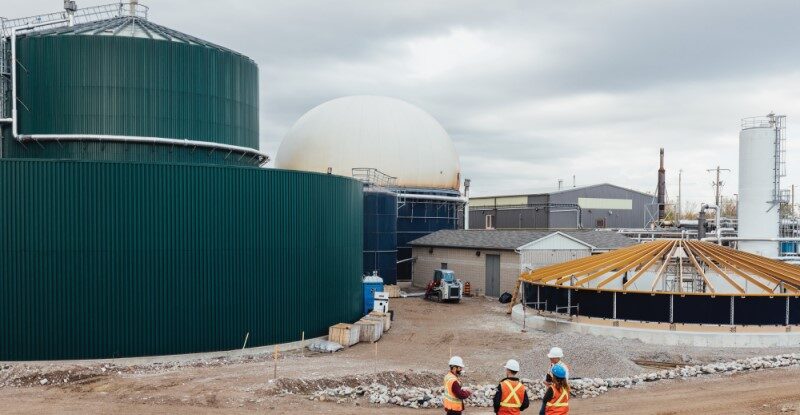Fast facts that might surprise you about the path to net zero

Sponsored by Enbridge Gas
Energy powers our vehicles, warms our homes, and helps produce the goods we use every day. Enbridge Gas recently completed the first comprehensive study of pathways to net zero in Ontario. The study revealed that a diversified energy system is the most cost effective and resilient way to achieve net zero – projected to save Ontario $202 billion.
Test Your Knowledge about Ontario’s Energy Needs
Q: Which sector is the largest contributor to provincial greenhouse gas (GHG) emissions?
- Industrial processes
- Transportation
- Building heating and cooling
A: Transportation is the largest contributor, followed by building heating, then industrial processes.
Q: All together, these three sectors make up what percentage of Ontario’s total emissions?
- 54 percent
- 68 percent
- 82 percent
A: Transportation, buildings, and industry make up 82 percent of total emissions in Ontario. Any emissions reduction plan will need to focus on these sectors to be successful.
Q: Natural gas accounts for what percentage of Ontario’s energy needs?
- 8 percent
- 18 percent
- 28 percent
A: Natural gas accounts for 28 percent of our energy usage – almost double the energy Ontarians get from electricity (16 percent). For peak winter heating needs, the natural gas system provides about three to five times the capacity of the electricity system. To reduce emissions affordably and reliably, both gas and electricity infrastructure must work together.
The Right Mix to Get to Net Zero
Transportation, buildings, and industrial processes are the largest sources of emissions. Achieving climate goals in these sectors will require optimizing and integrating energy system planning in Ontario. A mix of solutions is also required: energy conservation, renewable electricity and gases, clean heating and transportation technologies, and advances in innovations such as carbon capture.
A diversified pathway that leverages both Ontario’s gas and electric systems can achieve net zero, with greater:
- Affordability – Achieving the same outcome as the electrification pathway at $202 billion less cost.
- Dependability – Meeting the energy needs, even on the coldest days.
- Resiliency – Protecting against impacts from extreme events, such as weather and cybersecurity incidents.
- Consumer choice – Allowing Ontario energy consumers the flexibility to make choices on their path to net zero while minimizing costs.
Regardless of the pathway chosen, there are actions that must be taken to successfully reach net zero: maximize energy efficiency, optimize and integrate energy system planning, invest in low-carbon gas, and use carbon capture and storage.
There’s No Silver Bullet
“As Enbridge, we don’t believe that there’s going to be one single solution that gets us to net zero. There’s no silver bullet here. Rather, it’s going to require a suite of solutions that take us down a diversified pathway to net zero,” says Michele Harradence, President, Enbridge Gas.
To access the full report, visit enbridgegas.com/pathtonetzero. MW
✯ Municipal World Insider and Executive Members: You might also be interested in the full version of this article or in Alex Lidstone’s article: Advocating for local climate action.
Scott Dodd is Director, Business Development with Enbridge Gas
Related resource materials:



